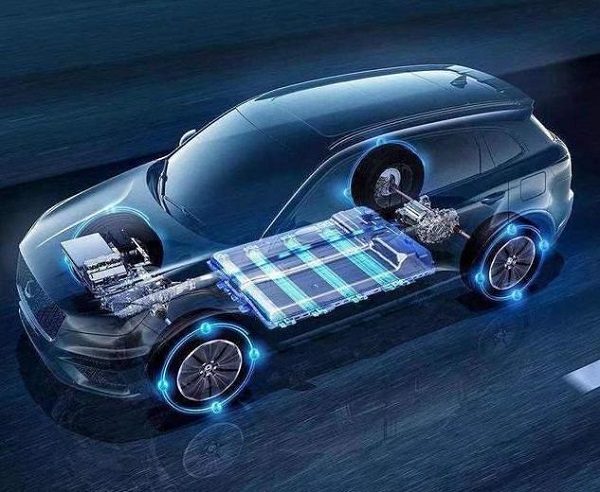With the transformation of automobile electrification, consumers' acceptance of pure electric vehicles has gradually increased, and pure electric vehicles on the market have become more and more popular, but at the same time, the shortcomings of pure electric vehicles have also been exposed.

Nowadays, spontaneous combustion incidents of pure electric vehicles are frequent, and even if the technology is constantly updated and iterated, it is still difficult to stop. In addition to safety issues, battery life and charging issues are also the biggest headaches for car owners. Especially in the low temperature conditions in winter, the battery performance decreases, the battery life decreases significantly, and the charging speed becomes slower, which makes many car owners a headache. So how can the problems encountered by pure electric vehicles in winter be improved?
At present, the common power batteries on the market mainly include ternary lithium batteries and lithium iron phosphate batteries. As a chemical material, its most suitable working temperature is about 20℃-25℃. If the temperature is too high or too low, it will cause damage. The decline in the vitality of lithium-ion batteries not only affects the cruising range, but also reduces the efficiency of charging and discharging.
As the activity of lithium decreases, the charge-discharge rate of the battery also decreases. Active lithium-ion batteries can optimize the range of electric vehicles in winter.
For pure electric vehicles pursuing intelligent technology, most of the models have remote control functions. Based on this, the car owner can start the battery preheating function through remote control before using the car and before charging, so that the battery can be warmed up. Achieve a suitable temperature; secondly, the location of the vehicle is also particularly critical. Avoid parking in an open-air parking lot as much as possible. Choosing an indoor or a basement can better keep the battery temperature at a suitable level.
In addition, in winter, pure electric vehicles consume a certain amount of battery power when turning on air conditioning and heating. As we all know, the source of air-conditioning heating in traditional fuel vehicles in winter is engine waste heat, while the source of air-conditioning heating in pure electric vehicles is batteries. Therefore, to a certain extent, the winter endurance of pure electric vehicles will also be affected by the opening of the air conditioner.
Replacing air conditioning and heating with smart methods is the most effective solution. Similarly, most pure electric vehicles are equipped with seat heating and steering wheel heating. After turning on this function, not only the body temperature rises more obviously, but also the power consumption is lower than that of the air conditioner. The heating effect is excellent, so don't worry about battery life.
Develop good driving habits and maintain safe driving at a constant speed are also important for optimizing endurance performance.
Compared with traditional fuel vehicles, electric vehicles start quickly and accelerate faster. This is also a big advantage that many consumers love electric vehicles. But in winter, you should try to avoid sudden acceleration, because this will form a large current. Such a sudden high-current discharge is not only harmful to the health of the battery, but also consumes a large amount of power, resulting in a rapid decline in battery life. Therefore, when driving an electric vehicle in winter, the acceleration should be gentle and it can be driven at a constant speed. Try to avoid sudden acceleration and continuous high-speed driving. This can effectively improve the endurance of the vehicle and extend the service life of the battery.
In addition, in the driving process, car owners can also reduce the usage rate of smart products such as car navigation audio reversing images, turn off unnecessary functions, and optimize vehicle mileage.
Although these suggestions cannot completely solve the problem of winter endurance anxiety, these suggestions can also greatly optimize the vehicle's endurance range and are a temporary effective solution. In the long run, battery technology will continue to develop and make breakthroughs in the future, and the energy and life of batteries will also be improved. By then, electric vehicles may no longer be affected by cold temperatures and mileage anxiety, and charging speed will not be a problem.



